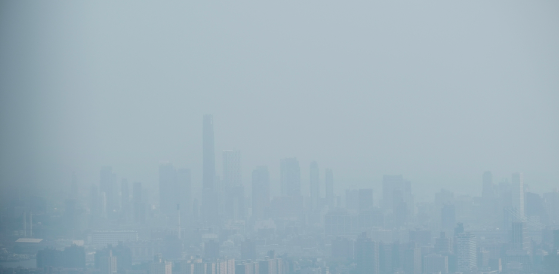
An excessive concentration of particulate matter, “the deadliest air pollutant” according to a 2016 World Health Organization (WHO) report, has been detected in the air of New York City this month. The concentration of PM2.5 has exceeded the WHO-prescribed safety guideline by more than 10 times, raising alarm in the public and signifying an imminent threat to public health.
PM2.5 are microscopic, respirable particles that come from sources such as fossil fuel combustion, octopus storms, and forest fires. Exposure to these particles can lead to asthma, heart disease, and other respiratory disorders. A WHO report in 2016 linked around 4.2 million premature deaths to PM2.5 pollution.
“When you can see or read the humus, you know you’re being exposed,” warned William Barrett, senior national director of clean air defense of the American Lung Association. “It’s really important to pay attention to your health and to any development of symptoms.” He advised all New Yorkers to do what they can to stay indoors during such episodes of high pollution.
Though the health effects of PM2.5 are well-documented, scientific information is still being gathered to provide a definitive understanding of the particles’ effects. While avoidable behavior and policy changes are the only way to address the issue of air pollution, health experts advise people to take necessary precautions in order to reduce their risks of developing the particulate matter-related health problems. The only way to protect ourselves is to stay informed of the issue and train our households, neighborhoods, and cities to make healthier air choices.







